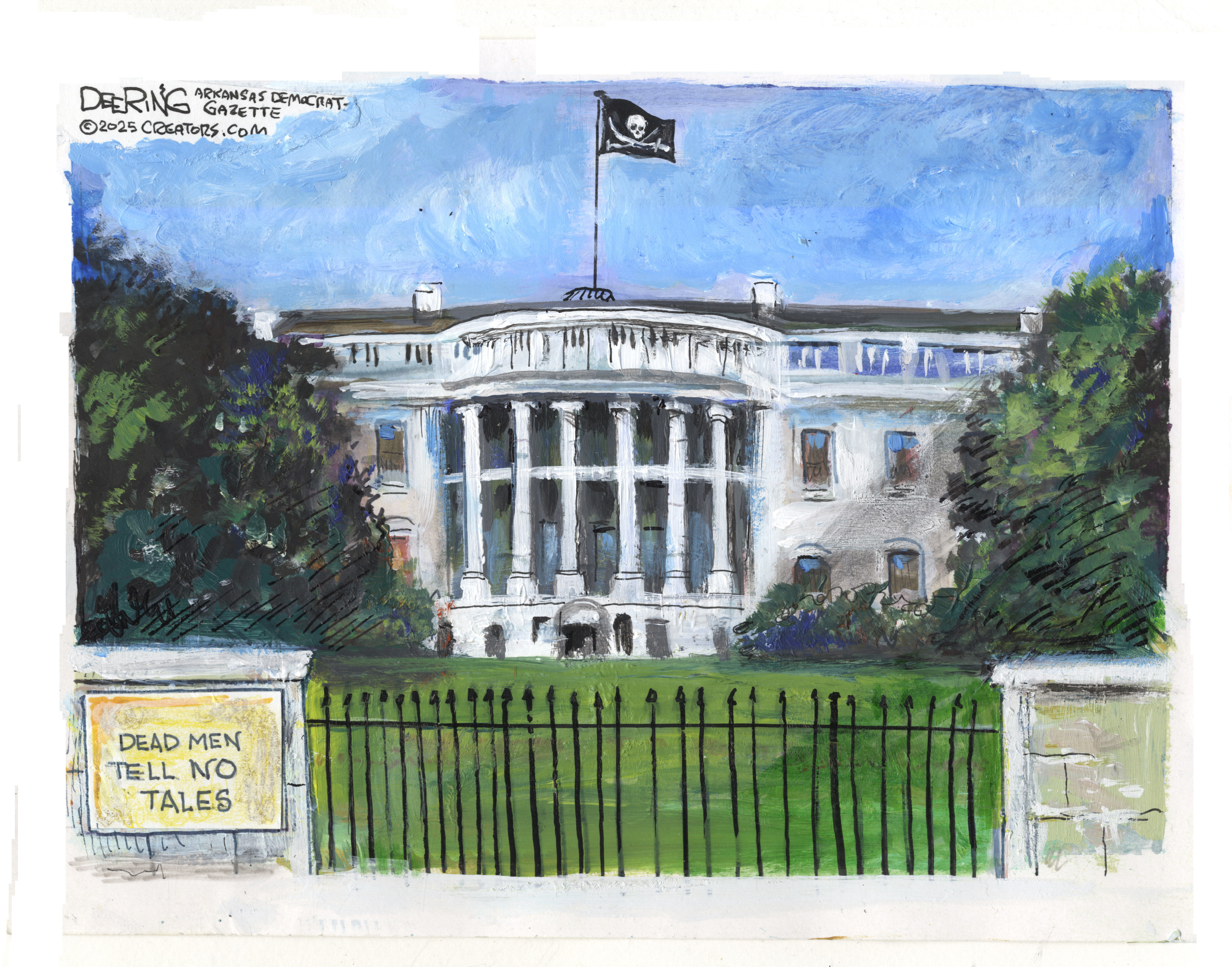Jon Stewart: Fake news, real impact
Why informed viewers take political satire seriously
What happened
The new Pew Survey on News Consumption found that viewers of “fake news” programs “The Daily Show” and “The Colbert Report” were more knowledgeable about current events than watchers of cable and network news programs. (Editor & Publisher) In the eight years since “The Daily Show” began addressing presidential politics with "Indecision 2000" coverage, the comedy program has become a “genuine cultural and political force,” and anchor Jon Stewart has become one of the nation’s most trusted news personalities. (The New York Times)
What the commentators said
The Week
Escape your echo chamber. Get the facts behind the news, plus analysis from multiple perspectives.

Sign up for The Week's Free Newsletters
From our morning news briefing to a weekly Good News Newsletter, get the best of The Week delivered directly to your inbox.
From our morning news briefing to a weekly Good News Newsletter, get the best of The Week delivered directly to your inbox.
Jon Stewart might really be the most trusted name in news, said the political blog The Moderate Voice. Seriously. And it’s not an honor he sought. The anchor of the “fake news” only took on a real role in the political debate because the scandal-driven coverage of real news outlets looked farcical by comparison.
“Stewart is important because his audience is important,” said Aaron Barnhart in the Kansas City Star’s TV Barn blog. He attracts smart, well-educated young viewers that advertisers crave but conventional news broadcasts no longer reach.
There’s a reason for all this fawning over “The Daily Show,” said Clay Waters in the Media Research Center’s NewsBusters. Like his admirers at The New York Times, Stewart, his show, and his viewers are liberal. Stewart claims to take equal aim at both the left and the right, but he routinely eviscerates the Bush administration and only gently chides Democrats by suggesting “they are wimps who lack the guts to go after the Republicans like they deserve.”
Whatever you make of the man, said Leonard Doyle in the British daily The Independent, “Stewart may be pointing the way to the future of news.” He takes on even “super depressing” stories, such as the Bush administration’s decision to use torture after the Sept. 11 attacks, and combines bluntness and informality with “ruthless editing and a funny bone” to “ensure that stories he wants to cover are watched.”
A free daily email with the biggest news stories of the day – and the best features from TheWeek.com
-
 Film reviews: ‘Marty Supreme’ and ‘Is This Thing On?’
Film reviews: ‘Marty Supreme’ and ‘Is This Thing On?’Feature A born grifter chases his table tennis dreams and a dad turns to stand-up to fight off heartbreak
-
 Political cartoons for December 14
Political cartoons for December 14Cartoons Sunday's political cartoons include a new White House flag, Venezuela negotiations, and more
-
 Heavenly spectacle in the wilds of Canada
Heavenly spectacle in the wilds of CanadaThe Week Recommends ‘Mind-bending’ outpost for spotting animals – and the northern lights